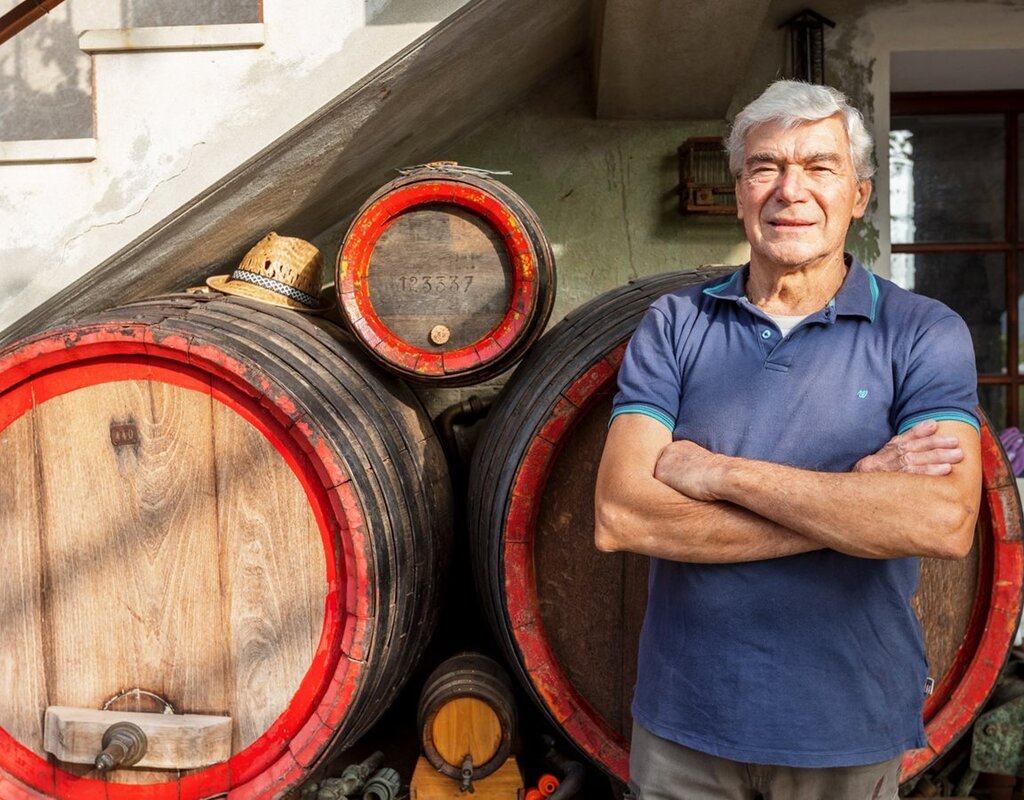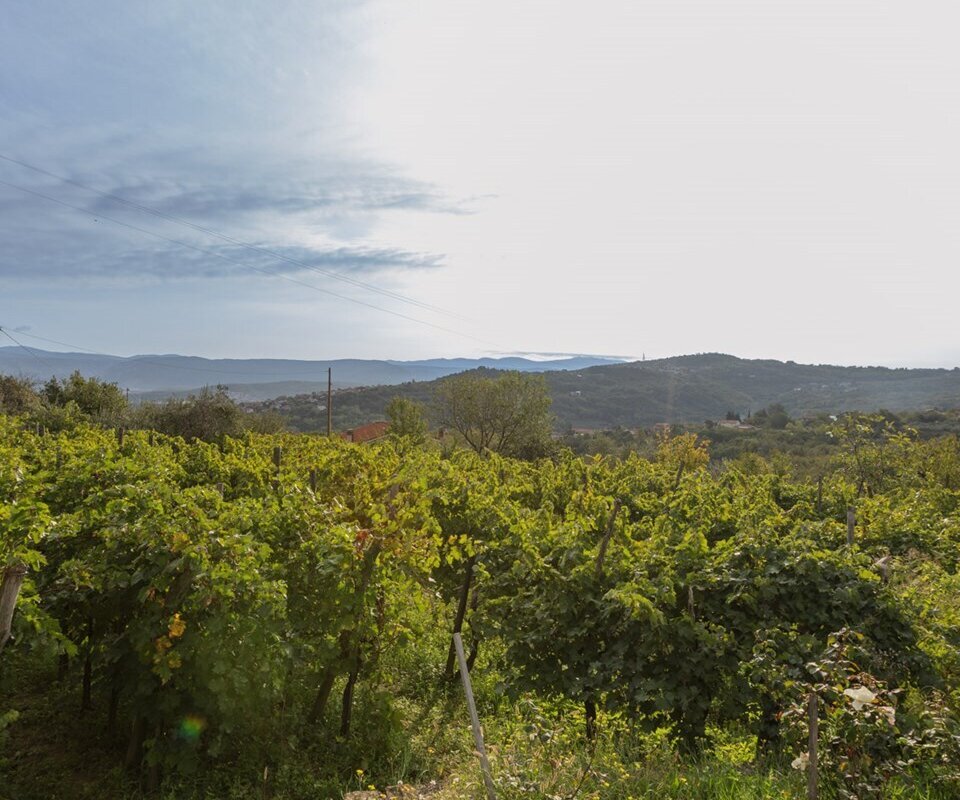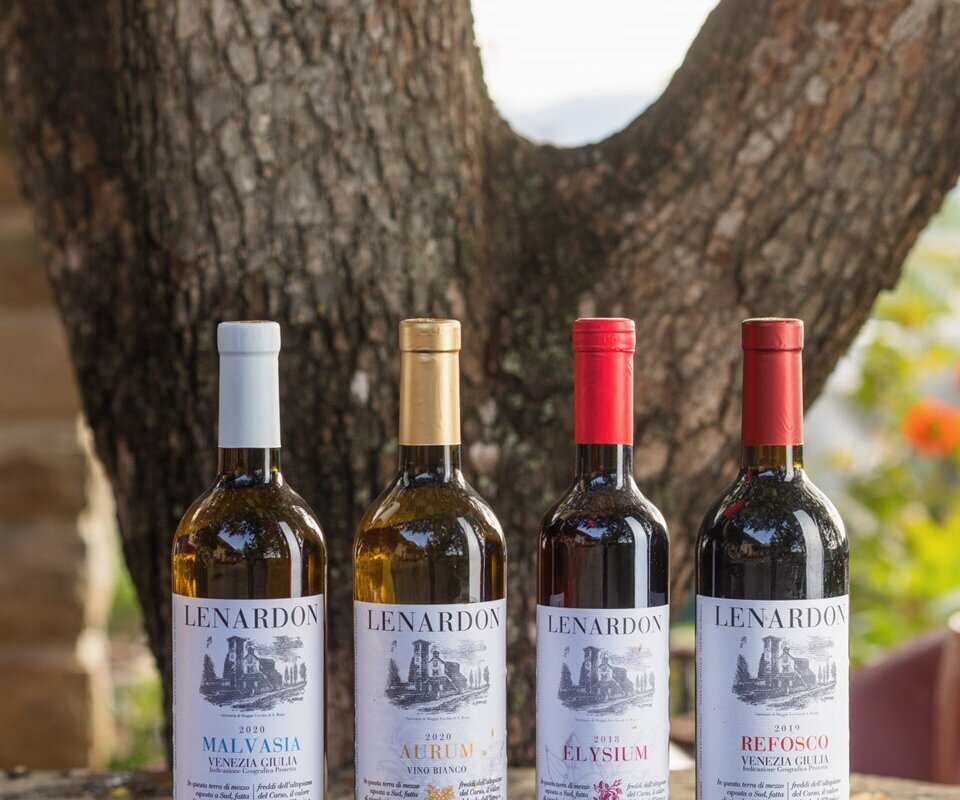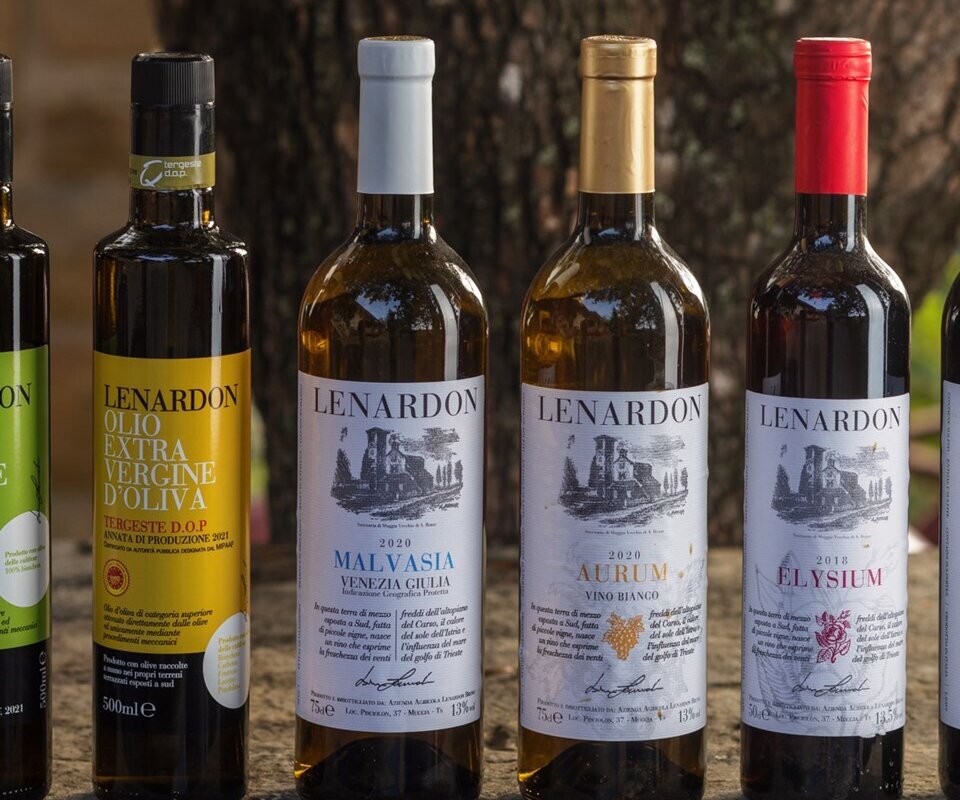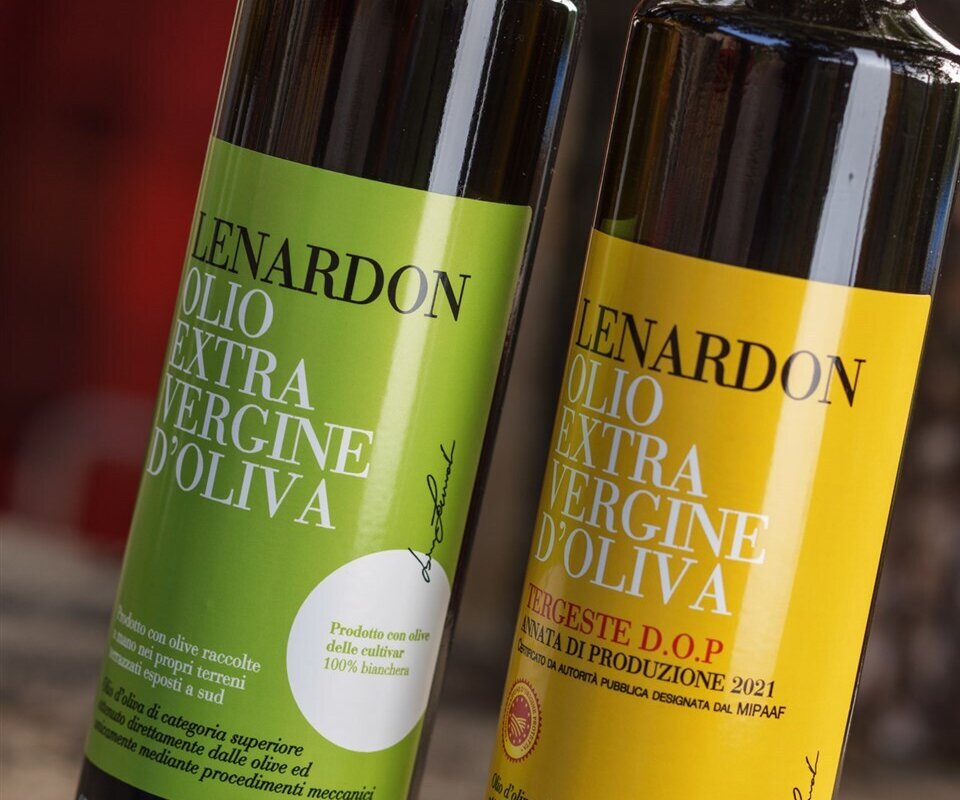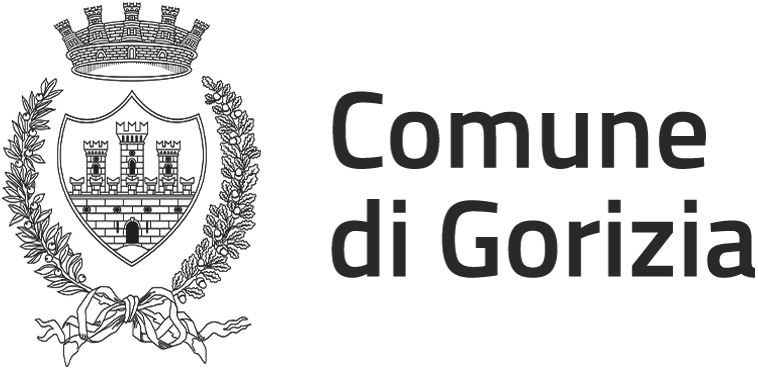Kje:
Muggia
Azienda Agricola Lenardon Bruno Tfvg 212195
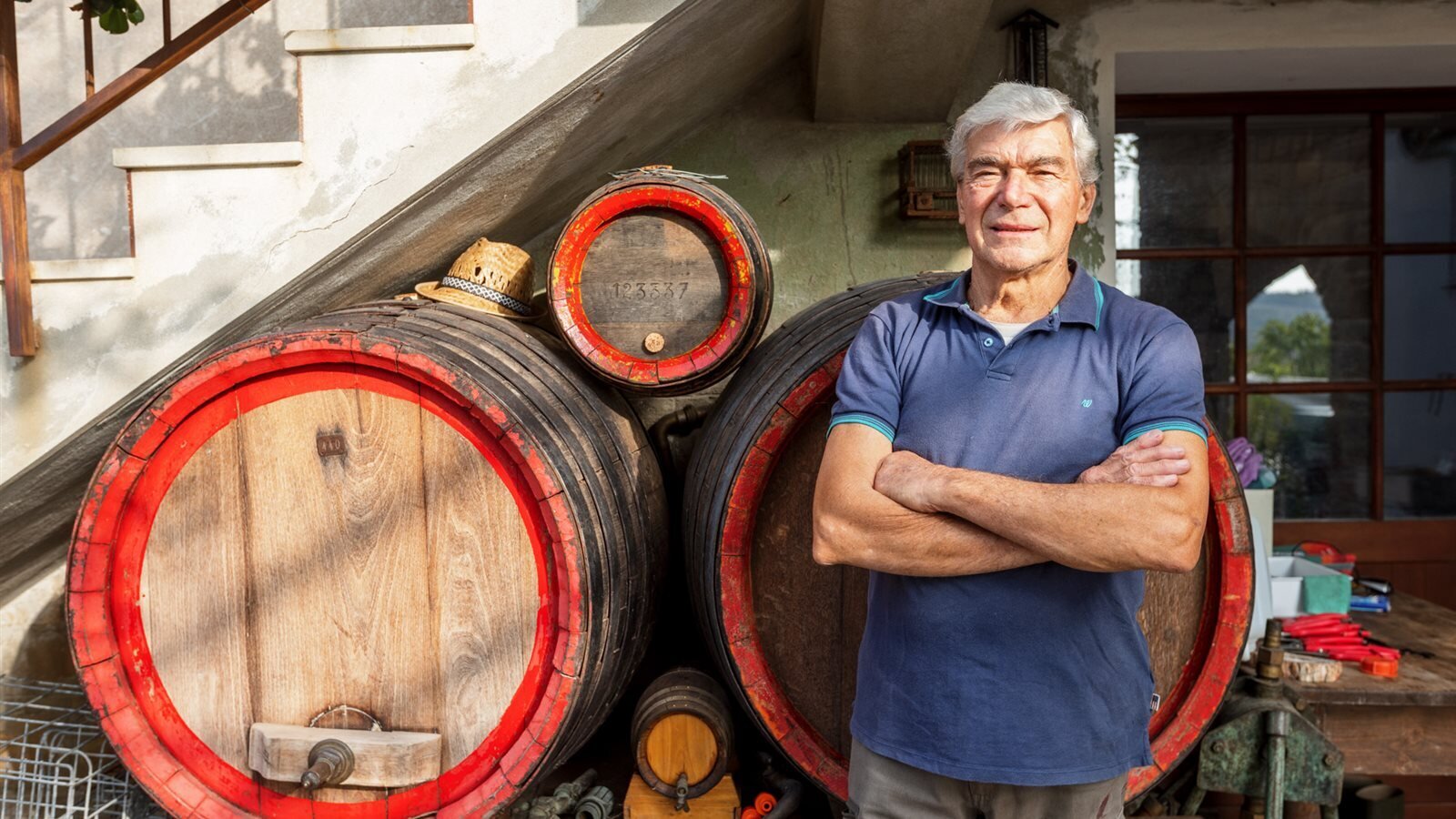
The territory which is home to the Lenardon farm is ideal for growing olives and vines thanks to the very favourable microclimate created by the combination of the cold winds of the Karst plateau, the sea breeze from the Gulf of Trieste, and the warm sun of Istria.
The Estate was established by the Lenardon family over 100 years ago, and it features two hectares of vineyards and one and a half hectares of olive groves on flysch soil, terraced with typical dry stone walls. The climate is characterised by rainy seasons alternating with long periods of drought swept by the Bora winds.
The farm was involved in a significant historical event, recently documented by National Geographic, when the London Memorandum of August 5 1954, divided the house into two parts, one belonging to Italy and the other to Yugoslavia; it was not until 1956 that the home was fully annexed to Italy.
All the work involved in creating our products is captured in the sentence: "If oil is made by nature, wine is made by man".
The vines include Malvasia Istriana, Refosco Nostrano and Peduncolo Rosso, white and yellow Moscato and the extremely rare Moscato Rosa di Parenzo; all the wines produced are monovarietal, dry, vinified and aged only in stainless steel barrels to preserve the characteristics of the local vine without adding the texture of wood. All these wines feature balance, harmony, elegance, finesse, fragrance and pleasantness.
Two types of extra virgin olive oil are produced: a 100% monovarietal oil made from Bianchera, an indigenous variety from the province of Trieste, and one created from five olive cultivars, Bianchera, Carbona, Leccino, Pendolino, and Frantoio, which is certified as TERGESTE PDO.
The Estate was established by the Lenardon family over 100 years ago, and it features two hectares of vineyards and one and a half hectares of olive groves on flysch soil, terraced with typical dry stone walls. The climate is characterised by rainy seasons alternating with long periods of drought swept by the Bora winds.
The farm was involved in a significant historical event, recently documented by National Geographic, when the London Memorandum of August 5 1954, divided the house into two parts, one belonging to Italy and the other to Yugoslavia; it was not until 1956 that the home was fully annexed to Italy.
All the work involved in creating our products is captured in the sentence: "If oil is made by nature, wine is made by man".
The vines include Malvasia Istriana, Refosco Nostrano and Peduncolo Rosso, white and yellow Moscato and the extremely rare Moscato Rosa di Parenzo; all the wines produced are monovarietal, dry, vinified and aged only in stainless steel barrels to preserve the characteristics of the local vine without adding the texture of wood. All these wines feature balance, harmony, elegance, finesse, fragrance and pleasantness.
Two types of extra virgin olive oil are produced: a 100% monovarietal oil made from Bianchera, an indigenous variety from the province of Trieste, and one created from five olive cultivars, Bianchera, Carbona, Leccino, Pendolino, and Frantoio, which is certified as TERGESTE PDO.
